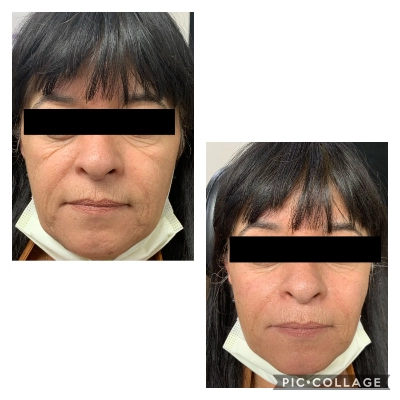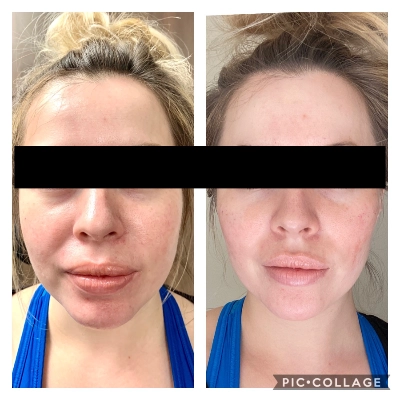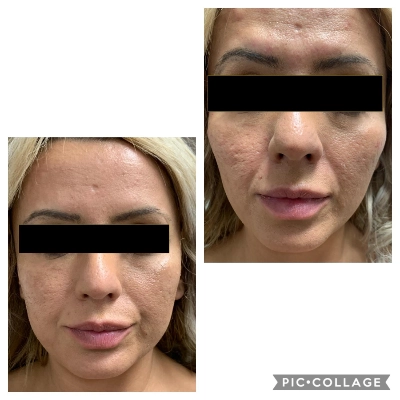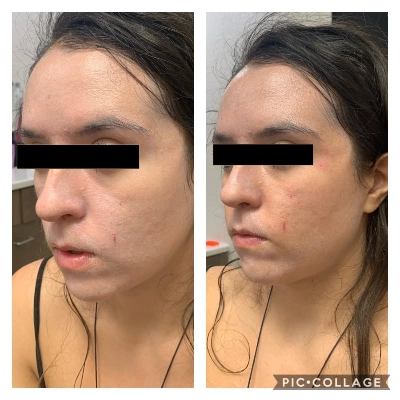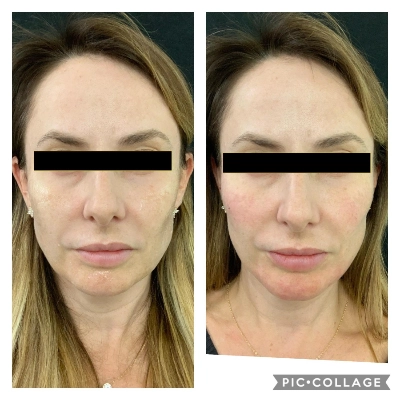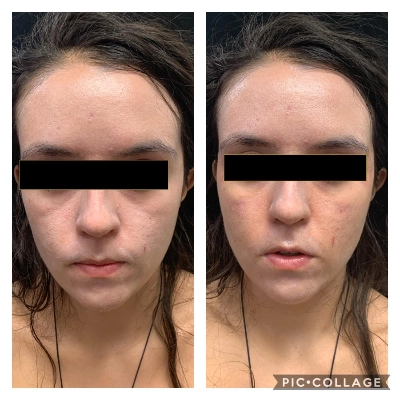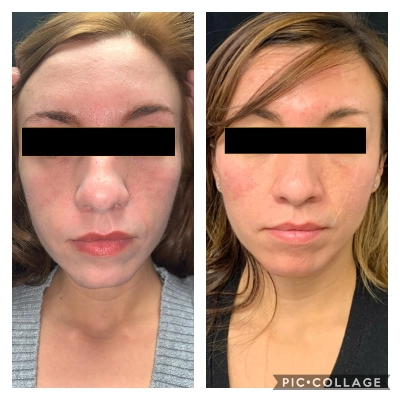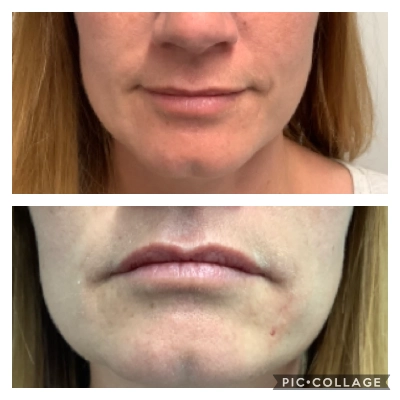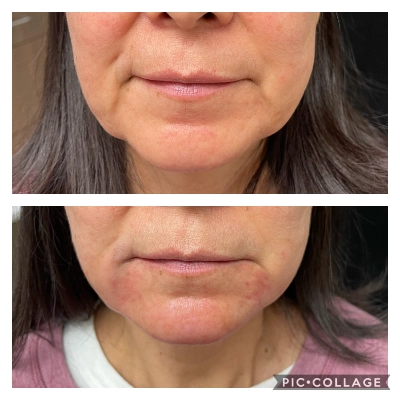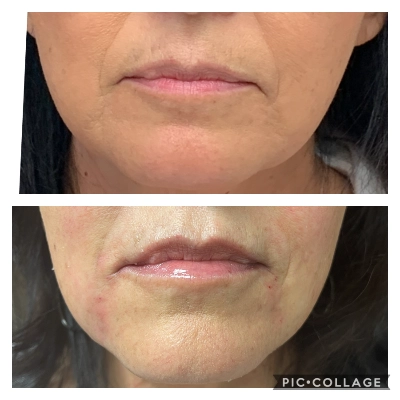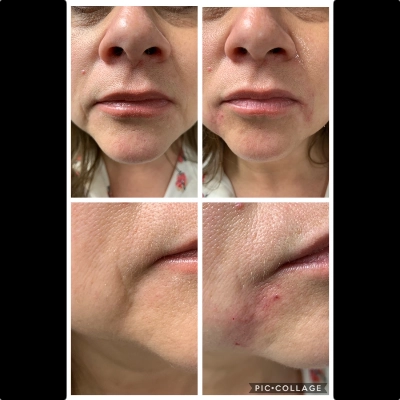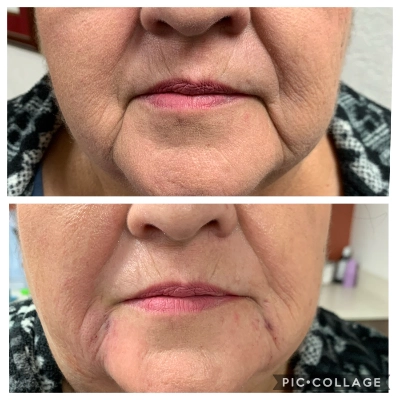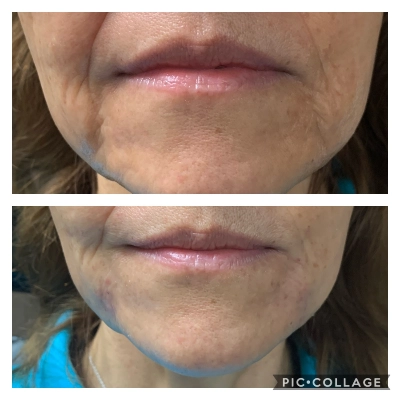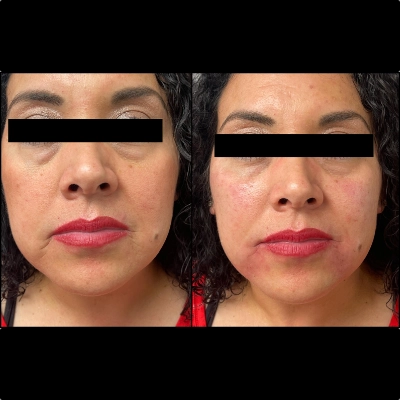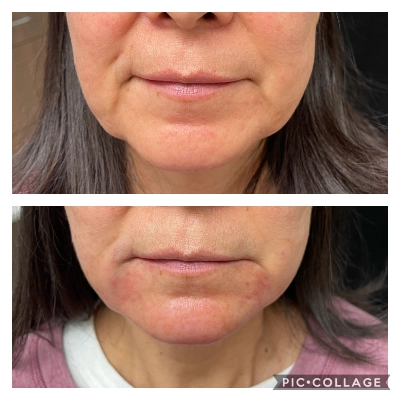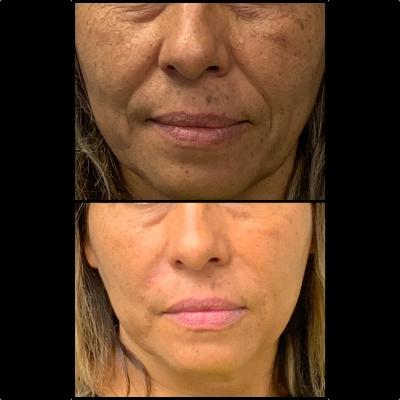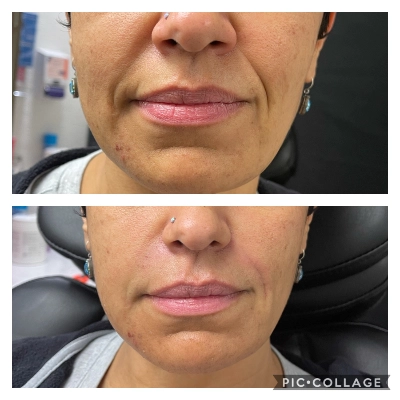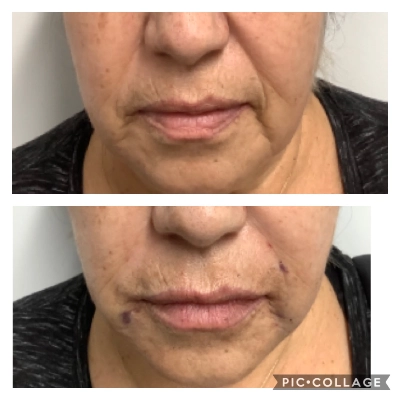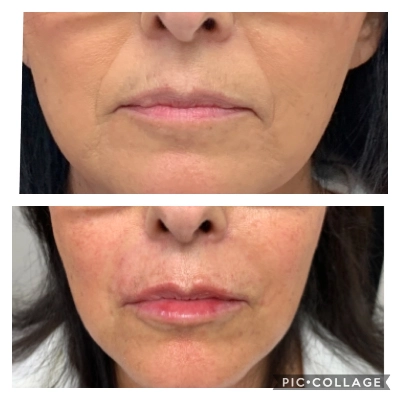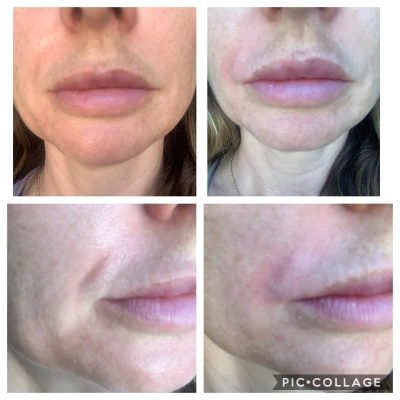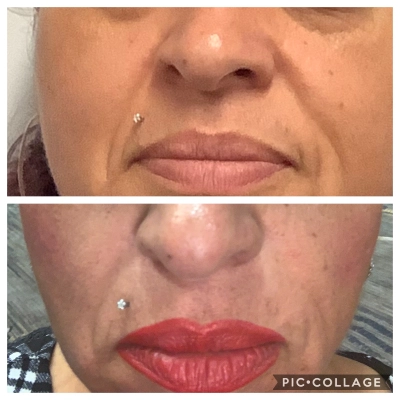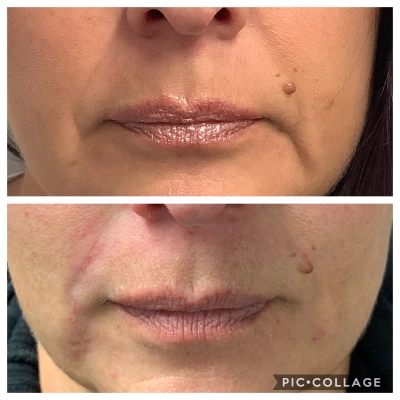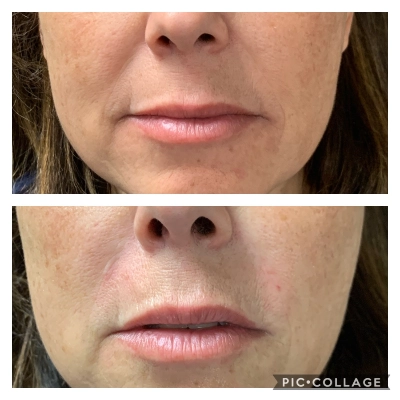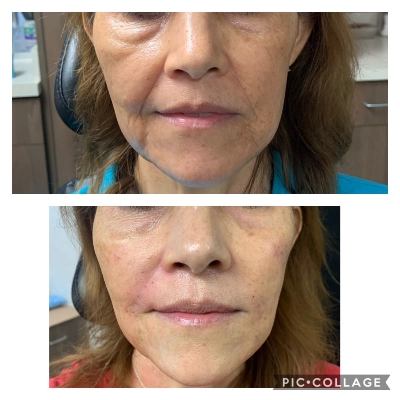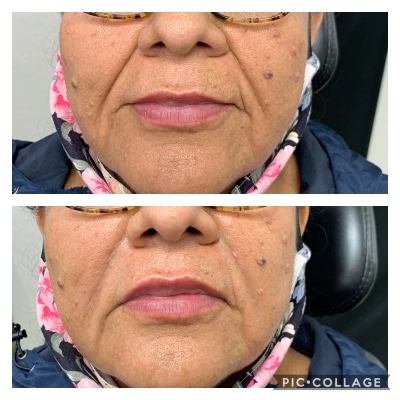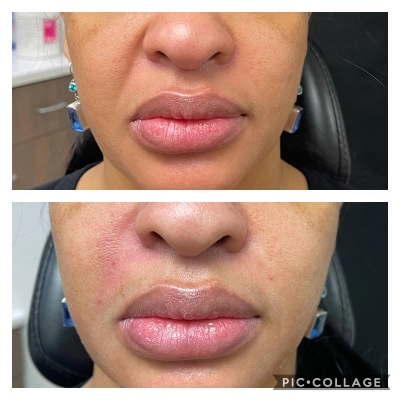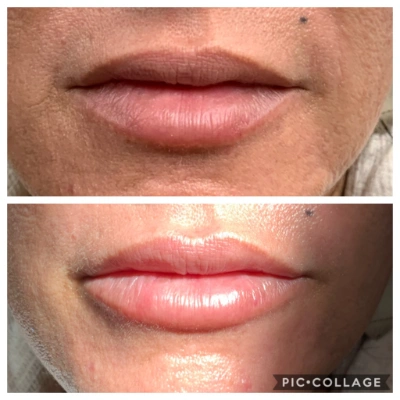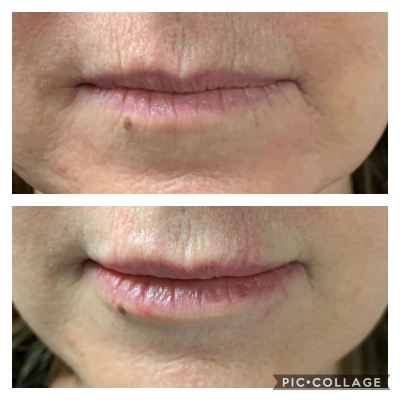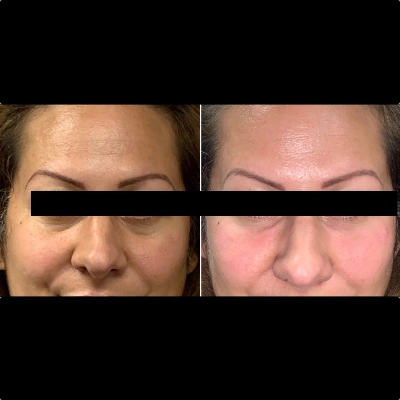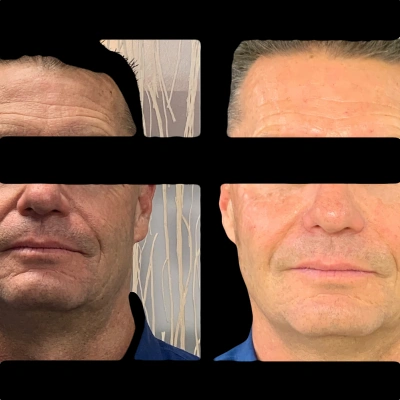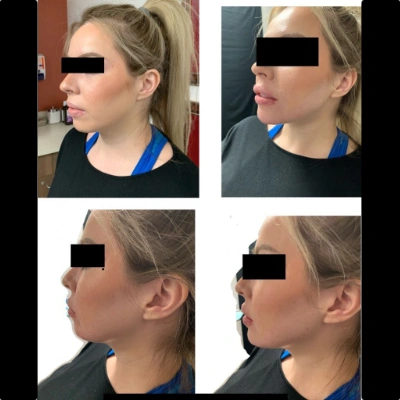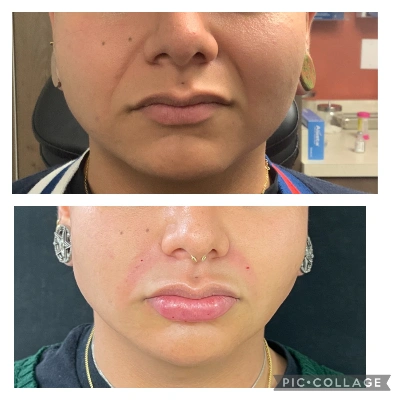
FILLERS
WHAT ARE FILLERS (FACE FILLERS)?
Fillers (Face Filler – Dermal Fillers) are gel-like substances injected beneath the skin to restore lost volume, smooth lines and soften creases, or enhance facial contours. More than 1 million men and women annually choose this popular facial rejuvenation treatment, which can be a cost-effective way to look younger without surgery or downtime.
While dermal fillers are casually known as “wrinkle fillers,” they can do much more than smooth out wrinkles, although they are excellent at this too! Here are a few of the common issues dermal fillers can help address:
There is a variety of FDA-approved filler products that cosmetic surgeons use.
Hyaluronic Acid (HA)
Hyaluronic acid is a naturally occurring substance in your skin. It helps keep skin plump and hydrated. HA fillers are typically soft and gel-like. The results are temporary, lasting 6 to 12 months or longer before the body gradually and naturally absorbs the particles. Most HA fillers are infused with lidocaine to help minimize discomfort during and after treatment. FDA approved HA fillers include:
Calcium Hydroxylapatite (CaHA)
Calcium hydroxylapatite is also a naturally occurring substance found primarily in our bones. When used in a filler, the calcium particles are nearly microscopic and suspended in a smooth gel. The consistency of a CaHA filler is typically thicker than that of a hyaluronic acid filler and typically lasts longer, about 12 months for most patients. Calcium hydroxylapatite helps stimulate natural collagen production and is for deeper lines and wrinkles. FDA-approved CaHA fillers include Radiesse®.
Poly-L-lactic Acid
Poly-L-lactic acid is a biocompatible (meaning it is safe to use in the body), biodegradable synthetic substance.Poly-L-lactic acid has been used for many years in medical devices, such as dissolvable stitches. Poly-L-lactic acid products are technically classified as “collagen stimulators,” as their primary mechanism to smooth fine lines is by helping your skin rebuild natural collagen—the filler gel itself dissipates a few days after treatment. Poly-L-lactic acid is used to treat deeper facial wrinkles, and results can last more than two years. FDA-approved Poly-L-lactic acid fillers include Sculptra® Aesthetic.
Polymethylmethacrylate (PMMA)
Polymethylmethacrylate (PMMA) is a synthetic, biocompatible substance that has been used in medicine for much of the last century. In dermal fillers, PMMA takes the form of a “microsphere” or tiny ball that remains beneath the skin indefinitely to provide continued support. PMMA fillers will also contain collagen, a naturally occurring substance in the skin that provides structure and firmness. FDA-approved PMMA fillers include Bellafill® (formerly known as Artefill).
Autologous fat injections (Facial Fat Grafting)
Autologous fat injections are the only injectable filler treatment that requires surgery, but results can last for many years. Your fat is harvested from another area (autologous means “from the same person”), typically using liposuction. The fat is then purified and injected into the face to help restore volume to the cheeks, temples, lower eyelids, or other areas. Fat injections require specialized training to perform safely and achieve great results and should only be performed by an experienced, board-certified cosmetic surgeon.
Areas Fillers can treat:
WHICH COSMETIC FACIAL FILLER DO I NEED?
With so many dermal filler products on the market, it can be challenging to know which option is best for you without an experienced cosmetic surgeon’s guidance. Each product is uniquely formulated to have a specific texture, density, and injection depth, which means that certain fillers work better for some regions of concern. While your provider will determine what product is best for you, the following diagram illustrates in general where cosmetic surgeons tend to apply certain products:

SANDIA SKIN + FACE
FACIAL FILLERS
JUVEDERM
Juvederm is the #1 doctor-recommended facial filler worldwide. Using hyaluronic acid, a naturally occurring sugar found in your body, Juvederm combines with water in your skin to enhance volume in areas with lost fullness, such as the cheeks, lips, and fine lines around the mouth.
JUVEDERM ULTRA AND ULTRA PLUS
Juvederm Ultra and Ultra Plus are medium volume fillers that enhance and define lips, cheeks, and jawline. They include pain-reducing lidocaine and instantly provide results that last from 6 to 12 months.
See our FAQ below. Contact Us with any other questions.
FACIAL FILLERS
BEFORE-AFTER IMAGES
VOLBELLA
Volbella is a thinner, more pliable hyaluronic acid dermal filler designed to inject and fill the lips and fine lines surrounding the lips. They gain popularity over other lip fillers to achieve natural plumpness to the lips while smoothing fine lines. Volbella contains lidocaine which makes the procedure more comfortable, with results lasting an entire year. See1 Syringe Volbella:
VOLBELLA LIP FILLER
BEFORE-AFTER IMAGES
VOLUMA
Voluma is a thicker hyaluronic acid gel designed to add volume to the cheeks to restore an overall youthfulness to the face while achieving a modest lift of the jawline and reducing the nasolabial creases (the smile lines between the nose and corners of the mouth). Voluma lasts approximately two years.
VOLUMA FACIAL FILLER
BEFORE-AFTER IMAGES
FACIAL FILLERS FAQ
PATIENT TESTIMONIALS
FILLERS PROCEDURE PREP
Before your treatment session, our physician will discuss what to expect during your treatment. However, it is helpful to remember that there are a few things to take into consideration before your session:
FILLERS AFTERCARE
After your treatment session, we recommend that all patients rest on the day of their procedure. We advise limited use of the treatment area for the next two days, but some movement is encouraged. Limited use helps the joint recover as the treatment is absorbed by the area’s surrounding tissues.
0 – 3 days post-procedure guidelines.
After your treatment, there is a chance you’ll experience some mild to moderate pain or discomfort at the treatment site. Discomfort is normal, and it is a sign that your body is healing as it adjusts to the treatment. It is best to stay hydrated and drink plenty of water to help promote healing.
You mustn’t take ANY medications following your procedure unless specifically directed otherwise by a physician. NO medicine is a must because any drug can affect the healing process or other adverse effects.
Therefore, discontinue use of any of these medications post-procedure for best results:
3 – 14 days post-procedure guidelines.
At this point in your healing, you should gradually increase your daily activities. 3 to 14 days is also when you can begin exercises. Proper exercise is a vital part of long-term results, and we can help you determine which exercises are best suited for your needs before your procedure.
Ice can be applied 3-4 times a day for 15-20 minutes as needed for comfort
Anti-inflammatory medications (such as Tylenol) can be taken to help manage any residual pain at this time, take as directed
Continue to avoid alcoholic beverages, smoking, or excessive amounts of caffeine
3 – 4 weeks post-procedure guidelines.
We highly encourage you to begin physical therapy to aid in your long-term healing and continued recovery at this point in your healing. A follow-up appointment will be made for you to meet with our physician to review your healing process. You must keep this follow-up visit even if your recovery is going well. If there are any adjustments to your customized treatment plan, this is when our physician will be able to make those decisions.
RECENT ARTICLES
5 PROVEN CHEEK FILLER TREATMENTS FOR A YOUNGER-LOOKING YOU
BUNNY LINES – 5 PROVEN TREATMENTS
UNVEILING YOUR OPTIONS FOR LASER VEIN REMOVAL
SCHEDULE APPOINTMENT
Registered Nurse Practitioner Tonya Tuggle is Albuquerque’s choice for those who want to keep their youthful appearance and healthy glow. Tonya is passionate about educating patients on preventative skin care and providing non-surgical maintenance for graceful aging. We can’t wait to meet you!

